guest post by Kimberly Behre Kenna
I was one of the lucky ones. Years ago, as a fifth-grade teacher, I got to choose the fiction books I wanted to use with my students. But it was a process. There’s a jungle of books out there to explore to find that one great choice. I spent hours searching for the best fiction books to supplement and enrich our classroom studies or to provide a focus for book groups and language arts instruction.
For me, these books needed to go above and beyond merely connecting with or amplifying a curricular topic.
Examples of Great Books for the Classroom
For instance, if we were studying the Constitution, Amy Sarig King’s book, Attack of the Black Rectangles, would be my choice for a companion book. It explores freedom of speech through the eyes of a sixth-grade boy and is based on a true event involving book censorship. It gets my vote because it’s a three-pronged win—it fits with the curriculum, it promotes rich, diverse discussion, and it encourages students’ social-emotional growth. By threading through several areas, the book has the potential to expand upon learning outcomes for all of them. In King’s book, besides a plotline of Constitutional rights being disregarded, the protagonist must face up to challenging and confusing feelings about his diverse friendships and also about his dad who struggles with mental illness. The book allows students to make essential connections to the world, themselves, and each other.
A book that I’d choose to accompany ecology studies is The Light in the Lake by Sarah R. Baughman. A female protagonist who loves science explores mysteries surrounding the possibly polluted Maple Lake, with clues left behind by her deceased brother. Three prongs: STEM connections, emotionally resonant themes of grief and loyalty, and a fun mystery that encourages deep discussion about finding the truth. Here again, the book connects with several curricular areas, including Science, ELA, and Social Studies.
Write First, Think Classrooms in Revision
As a middle-grade author with a teaching background, I always hope my own novels will have a life in a classroom, but I don’t write them with that purpose in mind. For me, story comes first, unbounded by requirements that might inhibit my creative process. I write my first draft, and in revision I assess if it has possible classroom connections. If so, I can tweak them and elaborate on them to make them stronger. So far, with all my middle grade books, those connections have been inherent in the original story, and that may be just how I’m wired. My mind seems to reach out automatically to historical people or themes when I write, and they take on a life in my novels.
Mapping an Educator’s Guide
Once my book is revised, edited, and has gone through numerous critiques, I map out an educator’s guide. I brainstorm a list of activities that might relate to the book and then figure out where such activities might fit into curricular areas. These are general connections I believe will enhance teaching and learning. I don’t link them to specific standards because those can vary by state. I trust teachers will choose and adapt my offered activities to the standards they’re looking to address as they see fit.
From its first iteration, I knew that my book, Artemis Sparke and the Sound Seekers Brigade, had STEAM connections; they were obvious since the book is eco-fiction, and making art helps the protagonist solve problems. Less obvious were activities that might connect to the teaching of persuasive writing, theater and public speaking, and history/social studies. When I was teaching, though I enjoyed perusing educators’ guides when available, I loved brainstorming activities beyond those suggested. Having an educators’ guide was not a requirement for my classroom book picks.
Helping Educators Find Your Book
Once a middle-grade novel is published, getting it noticed by librarians and teachers is key. Submissions for reviews from trade journals that are seen by that audience should be carried out well before the publication date. Winning awards can garner more attention for a book. Word of mouth is huge, so if you can get a teacher or librarian to recommend your book to others, it could be the spark that starts the fire.
Finally, teachers, librarians, and students love visits with authors, and they are happening much more frequently in person now, though many authors continue to use Zoom, which allows for an even further reach. For me, sharing my book and my author life with children is what I live for. Not only does it bring my writing process full circle, but the interactions also motivate me to write the next book. Just like a good lesson plan, this culmination of the writing process provides closure while at the same time entices me to explore anew.
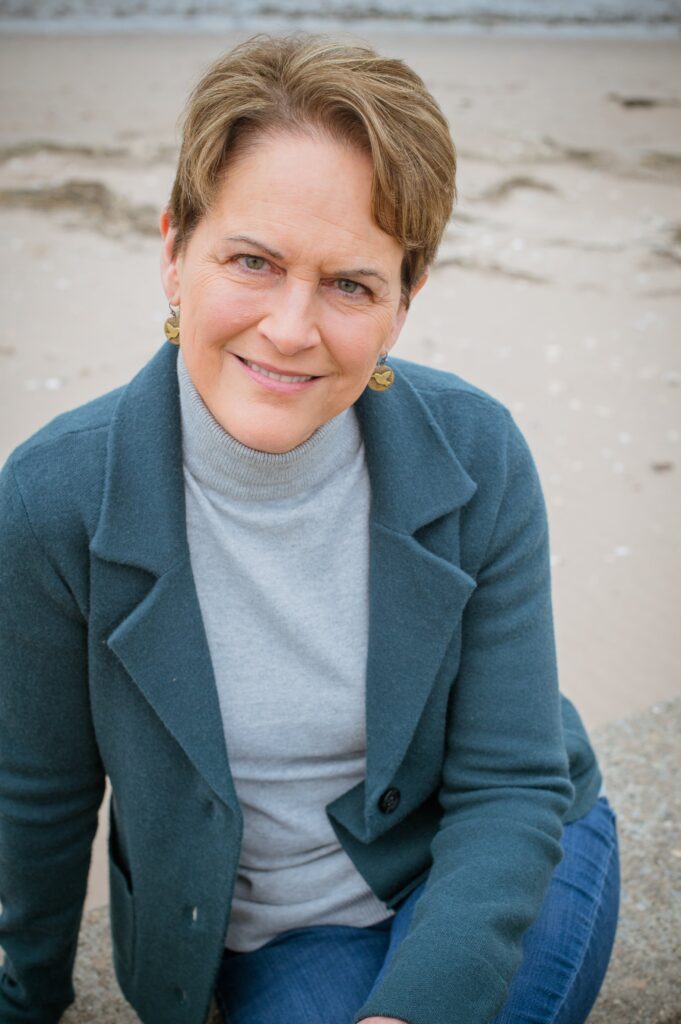
After years as an adolescent and family counselor, and then as a fifth grade teacher of ecology and language arts, Kimberly Behre Kenna returned to school for her MA in creative writing from Wilkes University. Her middle-grade novel, Artemis Sparke and the Sound Seekers Brigade (Regal House/Fitzroy) was a finalist and received Honorable Mention in the 2019 Tassy Walden New Voices in Children’s Literature Competition. Another book in her Brave Girls Collection, Jett Jamison and the Secret Storm is forthcoming from Black Rose Publishing (8/3/23). Her poems and short stories have been published in American Writers Review, Mused, Plumtree Tavern, and Rubbertop Review. Her full-length play, Ana’s Hummingbird, was given a staged reading at The Dramatists Guild in NYC. She’s a member of SCBWI and PEN America, and now devotes herself to writing full time. Connect with her at www.kimberlybehrekenna.com
Check out more guest posts on KidLit Craft!
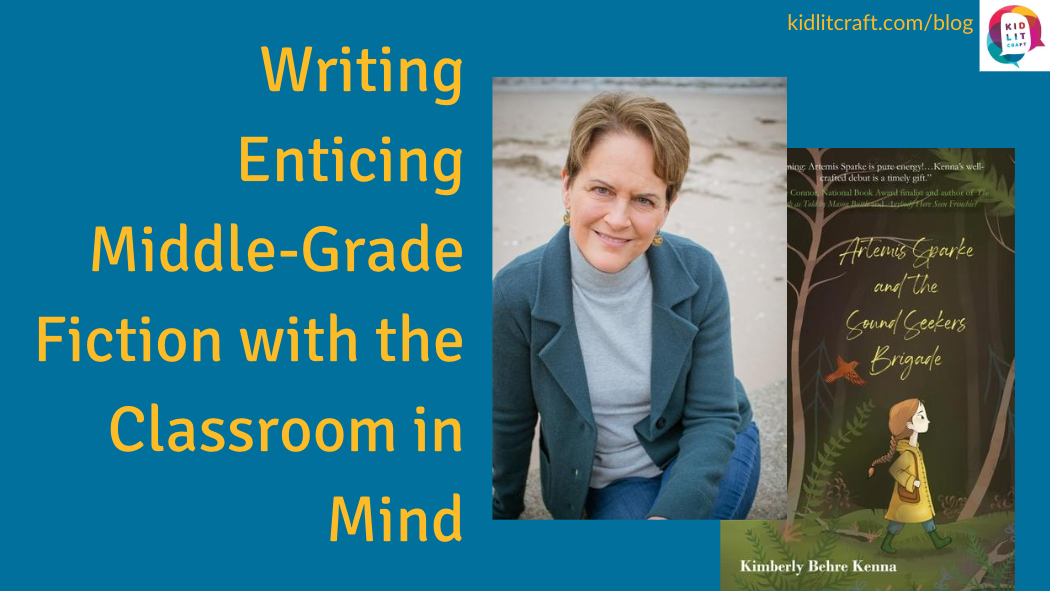
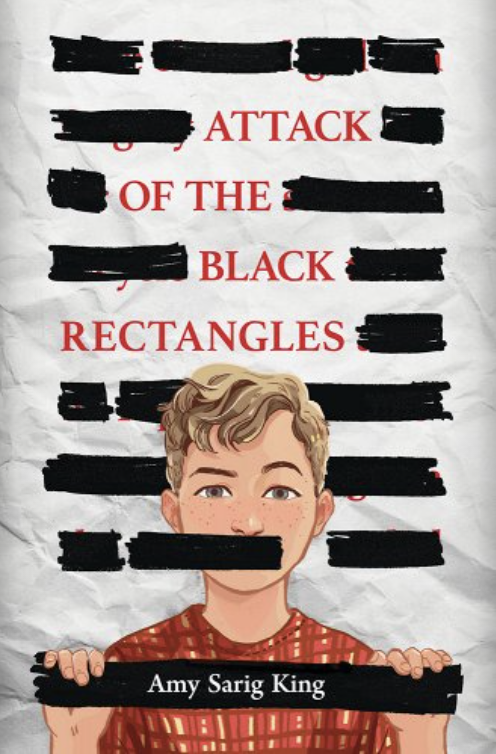
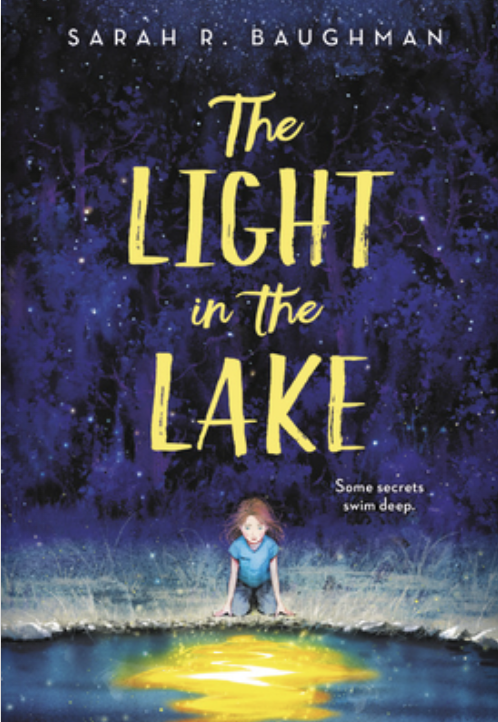
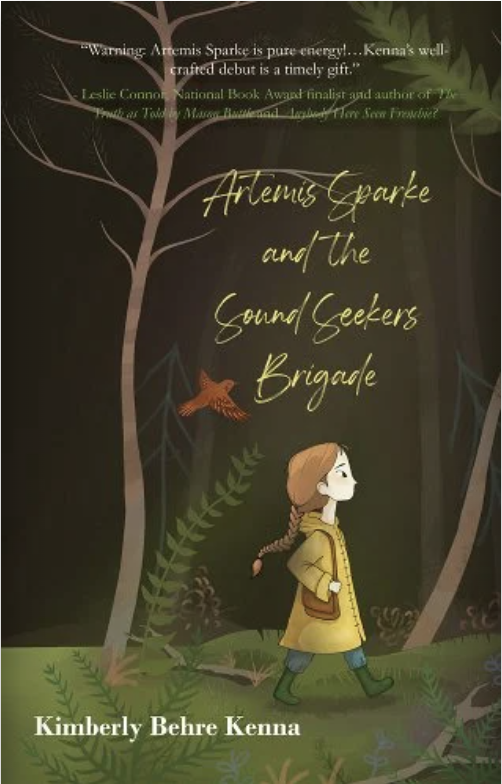
COMMENTs:
0